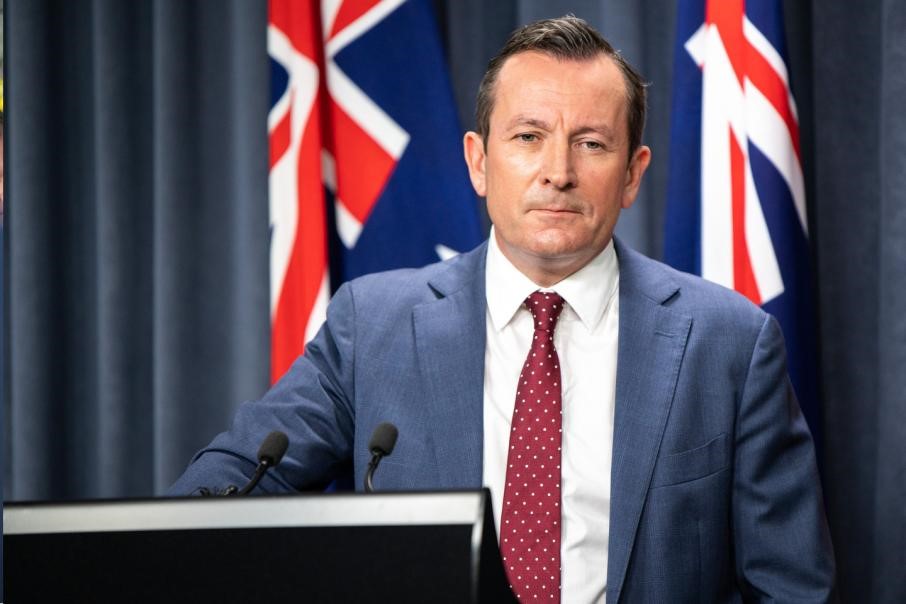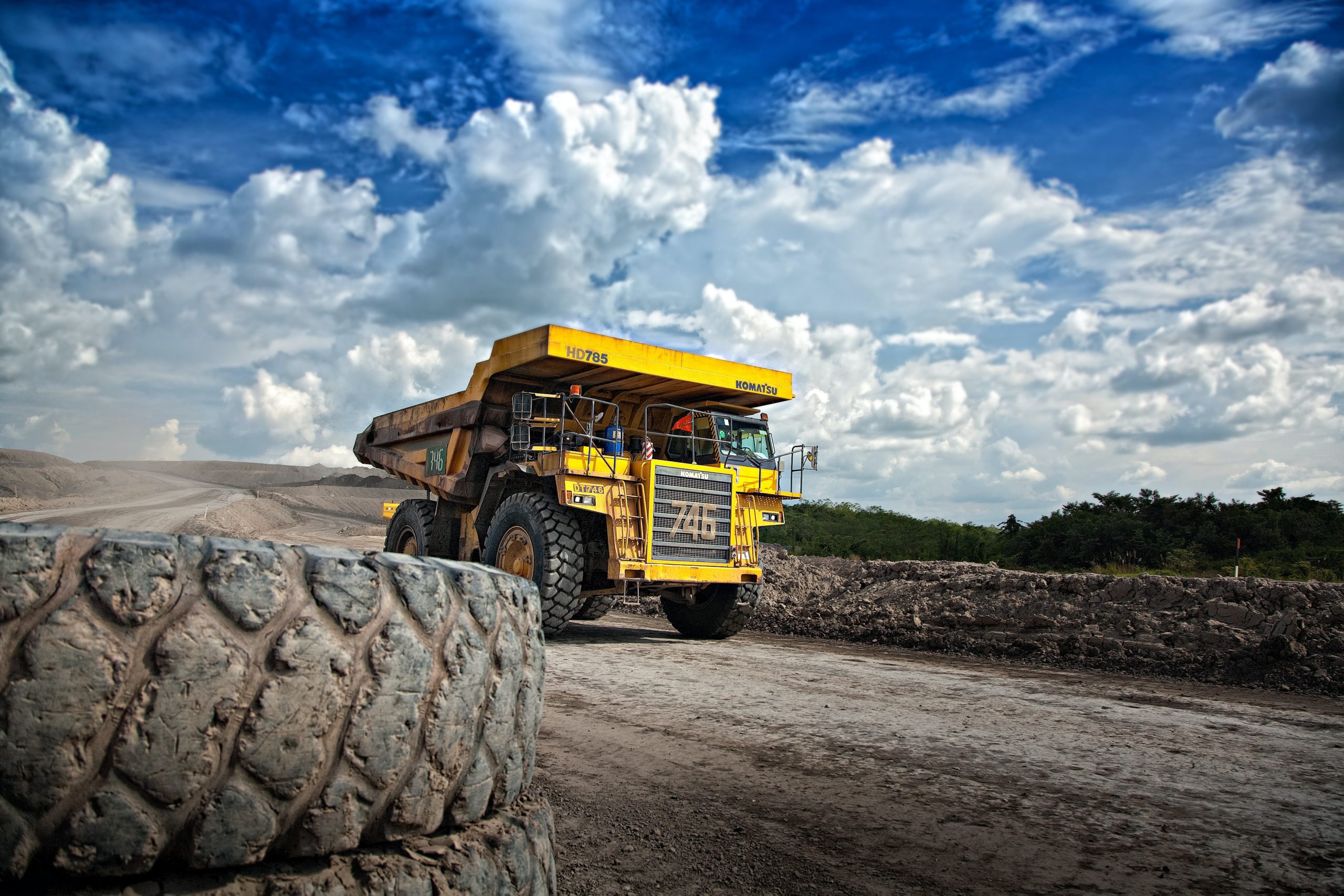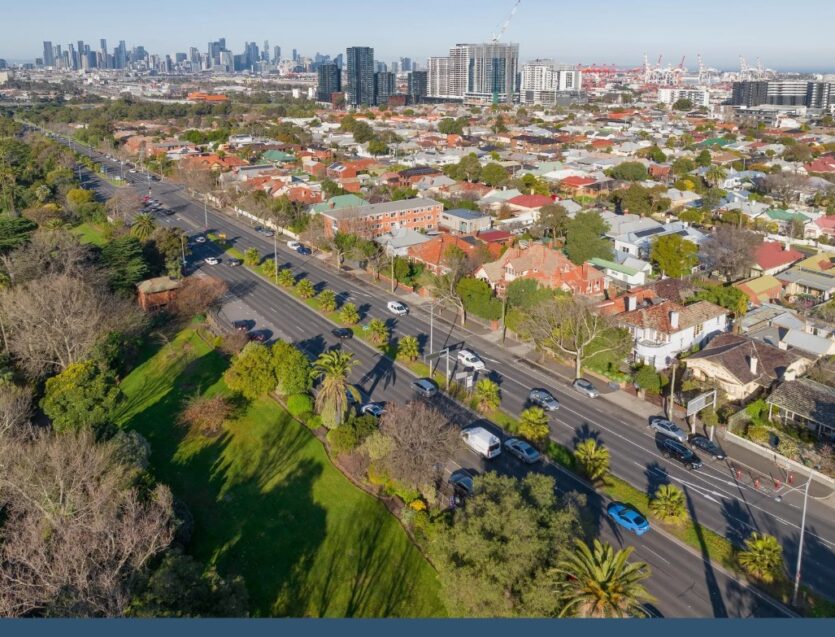Revenue rockets in boomtime budget
Article by: Matt McKenzie, Journalist
Source: Business News
September 09, 2021
An iron ore windfall and a world-beating economy have meant state revenue will smash expectations by $6.7 billion, with spending prioritised in health, housing and climate action.

An iron ore windfall and a world-beating economy have meant state revenue will smash expectations by $6.7 billion, with spending prioritised in health, housing and climate action.
When the previous state budget was released this time last year, the government had predicted it would earn $34.1 billion in revenue in the 2020-21 financial year, and $31.6 billion for this financial year.
But numbers today show the huge impact of an iron price which has eclipsed $US 200 per tonne, backed up by a strong economy with low unemployment.
In the year to June, the government pocketed $40.2 billion in total revenue.
That was a whopping 25 per cent increase on the prior year.
For the year ahead, the budget papers estimate $38.3 billion of revenue, which will be $6.7 billion higher than the forecast at this time last year.
Since December’s mid year budget review, estimated royalty receipts for the 2022 financial year have been lifted by $4.6 billion, almost entirely from iron ore.
The numbers come as the state’s economy has outperformed most of the world.
Premier Mark McGowan said if WA was its own country, it would have been second only to China in economic growth over the period from the December quarter of 2019 (when COVID-19 was discovered) to June this year.
“Today’s budget demonstrates the strength of Western Australia’s economy, and our finances,” Mr McGowan said.
“Quite simply, WA is the strongest state in the nation with the brightest future.
“And this budget will deliver for the future, by using our success today to set up the state for the long term.
“While our financial capacity has been (bolstered) by our strong economy here in WA, this budget is built on a foundation of responsible financial management over the last four years.
“Even in the middle of a global pandemic, unlike any other jurisdiction, WA’s financial position is strong and on a sustainable footing.”
For the year to June 2021, the government ran an operating surplus of $5.6 billion, while it projects a further $2.8 billion operating surplus for this financial year.
Those numbers don’t include infrastructure spending and capital items, which are registered using cash budgeting.
In cash terms, the government expects a $3.2 billion surplus this year, and a $273 million cash deficit in the following year, 2022-23.
But there’s one caveat.
The government witheld dividend payments from trading enterprises such as Water Corporation, reducing revenue by $2.4 billion.
Mr McGowan said part of that would help fund a future desalination plant for the state, although the business case would not be developed until a future budget process.
The government has flagged 2024-25 as a possible start date for the plant.
Spending
The revenue windfall is heading to a range of programs.
The government has promised $8 billion for infrastructure investment in this financial year alone.
Across four years, it will spend $1.8 billion for a new women’s and babies hospital, and $1.9 billion for improved health services.
That will fund 500 new nurses, 100 new doctors, and support almost 650 new hospital beds across the state.
The state’s COVID-19 response will recieve a $1 billion increase, the government said.
Those come as transport projects such as the Thornlie-Cockburn rail link have been delayed.
The government has already announced $750 million for a new social housing fund, and today packaged together $750 million of spending into a climate action fund.
The climate fund includes $350 million for new softwood tree plantations over the next ten years, and $256 million for renewable energy initiatives.
All up, operating spending will be $35.5 billion in the 2021-22 financial year, more than $4 billion higher than the government’s estimates as at last year.
It indicates that around two thirds of the pick up in revenue for this financial year, since October 2020’s estimates, has been used for increased spending.
Economy
The government expects the state’s economy will grow by 3.75 per cent this financial year.
But it is predicted to drop to only 1 per cent in the following year, the 2022-23 financial year.
That’s because it is expected Australians will flock overseas when the borders reopen, ending a period of high local household consumption.
It also comes because of an expected fall in iron ore prices.
Unemployment will be 4.75 per cent, then fall to 4.5 per cent in the years following, while wages will lift, from 1.5 per cent growth last year to be 2.25 per cent in this year.



Currently, Perth is the capital city that our research is driving our clients to for optimal investment outcomes. Keep an eye out for our upcoming report on Victoria, and the opportunities we feel this market will present from early to mid-2025. CPA Property Reports are the ultimate research tool for those considering an investment into the any Australian property market.